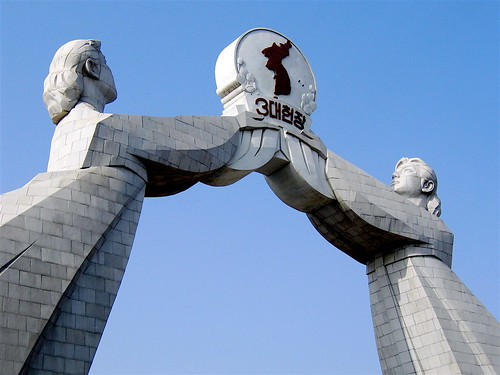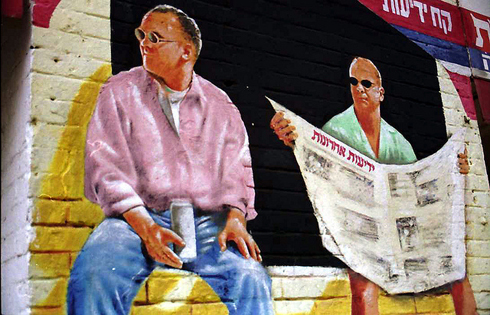
What do student exchange programs have in common with prisoner exchanges; and what does the release of information on missing persons have to do with a game of soccer, or a joint-economic development project? They are all examples of measures that can be used for confidence building in peace processes (albeit in different contexts and conflict phases). Generally speaking, confidence building measures (CBMs) can be understood as “a series of actions that are negotiated, agreed and implemented by the conflict parties in order to build confidence, without specifically focusing on the root causes of the conflict.” In other words, by letting parties collaborate on something that is not strategically important to them, they build the trust needed to subsequently address the strategic issues.




